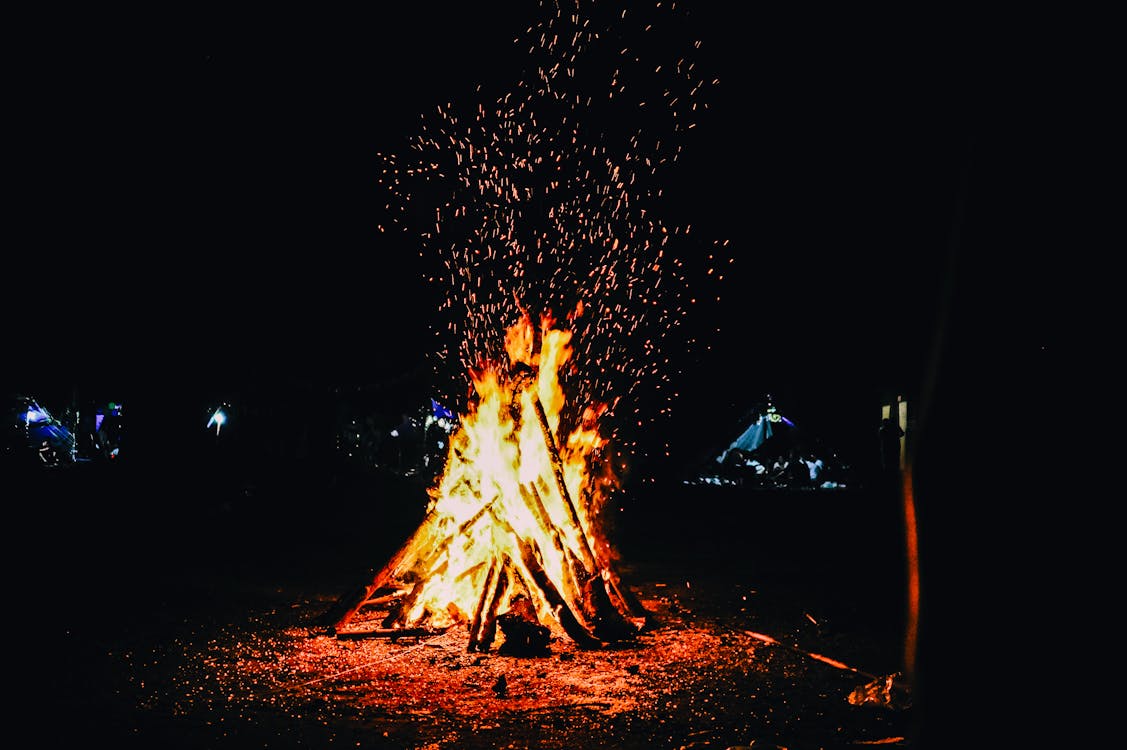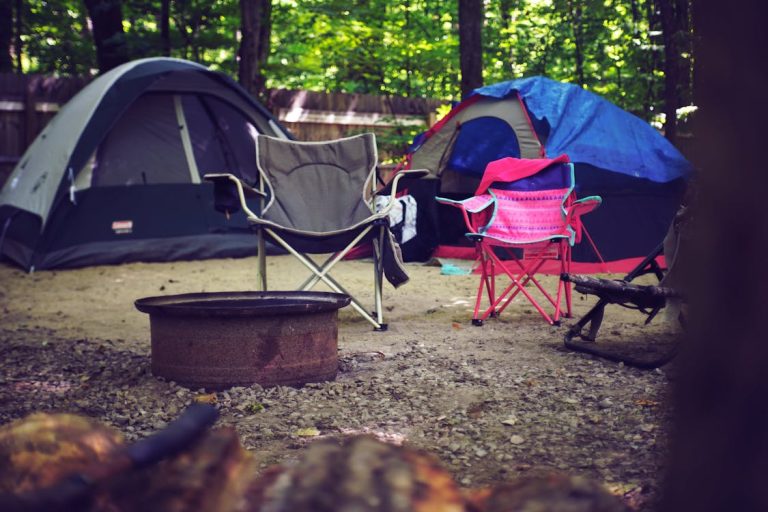Useful Guide to Summer Hiking in the Alps
The Alps are a hiker’s paradise, offering stunning landscapes, diverse trails, and a unique blend of natural beauty and cultural richness. Summer is the perfect time to explore this magnificent mountain range, with its mild weather, lush greenery, and vibrant wildflowers. This guide, inspired by insights from Overland Summers, provides essential tips and recommendations for a memorable summer hiking adventure in the Alps.
Planning Your Alps Hiking Adventure
1. Choose the Right Region
The Alps span several countries, including France, Switzerland, Italy, Austria, and Germany. Each region offers unique experiences and landscapes.
- French Alps: Famous for the Mont Blanc Massif and charming mountain villages like Chamonix.
- Swiss Alps: Known for picturesque trails, pristine lakes, and the iconic Matterhorn.
- Italian Alps: Offers the stunning Dolomites with their dramatic rock formations and scenic trails.
- Austrian Alps: Renowned for their well-maintained trails and quaint alpine huts.
- German Alps: Features lush meadows, dense forests, and the Zugspitze, Germany’s highest peak.
2. Determine the Best Time to Go
Summer in the Alps typically runs from June to September, with July and August being the peak months. During this period, most trails are accessible, and the weather is generally mild. However, higher altitudes may still have snow in early summer, so plan accordingly.
3. Select Appropriate Trails
The Alps offer a wide range of trails suitable for all skill levels, from leisurely walks to challenging multi-day hikes.
- Easy Trails: Suitable for beginners and families, such as the Lauterbrunnen Valley in Switzerland or the Seiser Alm in Italy.
- Moderate Trails: Perfect for intermediate hikers, like the Tour du Mont Blanc or the E5 European long-distance path.
- Difficult Trails: For experienced hikers seeking a challenge, consider the Haute Route or the Dolomites Alta Via 1.
Essential Gear and Preparation
1. Clothing and Footwear
- Layers: The weather can change quickly in the mountains. Wear moisture-wicking base layers, an insulating mid-layer, and a waterproof outer layer.
- Hiking Boots: Sturdy, waterproof boots with good ankle support are essential for navigating varied terrain.
- Hat and Sunglasses: Protect yourself from the strong alpine sun.
- Rain Gear: Always carry a lightweight, packable rain jacket.
2. Hiking Gear
- Backpack: A comfortable daypack with a capacity of 20-30 liters for day hikes or a larger pack for multi-day treks.
- Hydration System: Carry enough water and a hydration bladder or water bottles.
- Navigation Tools: A map, compass, and GPS device are crucial for navigation.
- First Aid Kit: Include basic supplies and any personal medications.
- Trekking Poles: Useful for stability and reducing strain on your knees.
3. Food and Nutrition
- High-Energy Snacks: Bring lightweight, calorie-dense snacks like nuts, dried fruit, energy bars, and chocolate.
- Meals: For longer hikes, pack easy-to-prepare meals or plan to stay in alpine huts where meals are provided.
Tips for a Successful Hike
1. Acclimate to the Altitude
The Alps’ high elevations can cause altitude sickness. Spend a few days acclimating at a moderate altitude before embarking on high-altitude hikes.
2. Respect the Weather
Mountain weather is unpredictable. Start your hikes early to avoid afternoon thunderstorms and always check the forecast before heading out.
3. Stay on Marked Trails
Stick to marked trails to ensure safety and minimize your environmental impact. Trail maps and signposts are well-maintained in the Alps, making navigation easier.
4. Use Alpine Huts
Alpine huts provide shelter, meals, and a unique cultural experience. Book in advance, especially during peak season, to secure your spot.
5. Practice Leave No Trace
Preserve the pristine environment by packing out all trash, staying on designated trails, and respecting wildlife and plant life.
Must-See Highlights
1. Mont Blanc Massif (France/Italy/Switzerland)
The highest mountain in the Alps, Mont Blanc offers breathtaking views and a variety of trails, including the famous Tour du Mont Blanc.
2. The Matterhorn (Switzerland)
One of the most iconic peaks in the world, the Matterhorn is surrounded by scenic trails and the charming town of Zermatt.
3. The Dolomites (Italy)
Known for their dramatic rock formations and stunning landscapes, the Dolomites offer trails like the Alta Via 1 and the Tre Cime di Lavaredo.
4. The Zugspitze (Germany)
Germany’s highest peak, the Zugspitze, provides panoramic views and a range of hiking options, from easy trails to challenging ascents.
5. The Bernese Oberland (Switzerland)
Home to picturesque villages like Grindelwald and Lauterbrunnen, this region offers numerous hiking trails with spectacular alpine scenery.
Conclusion
Summer hiking in the Alps is a remarkable experience, offering unparalleled natural beauty, diverse trails, and rich cultural encounters. By planning carefully, packing the right gear, and respecting the environment, you can enjoy a safe and unforgettable adventure in one of the world’s most stunning mountain ranges. Lace up your hiking boots, breathe in the fresh alpine air, and embark on a journey through the majestic Alps. Happy hiking!



